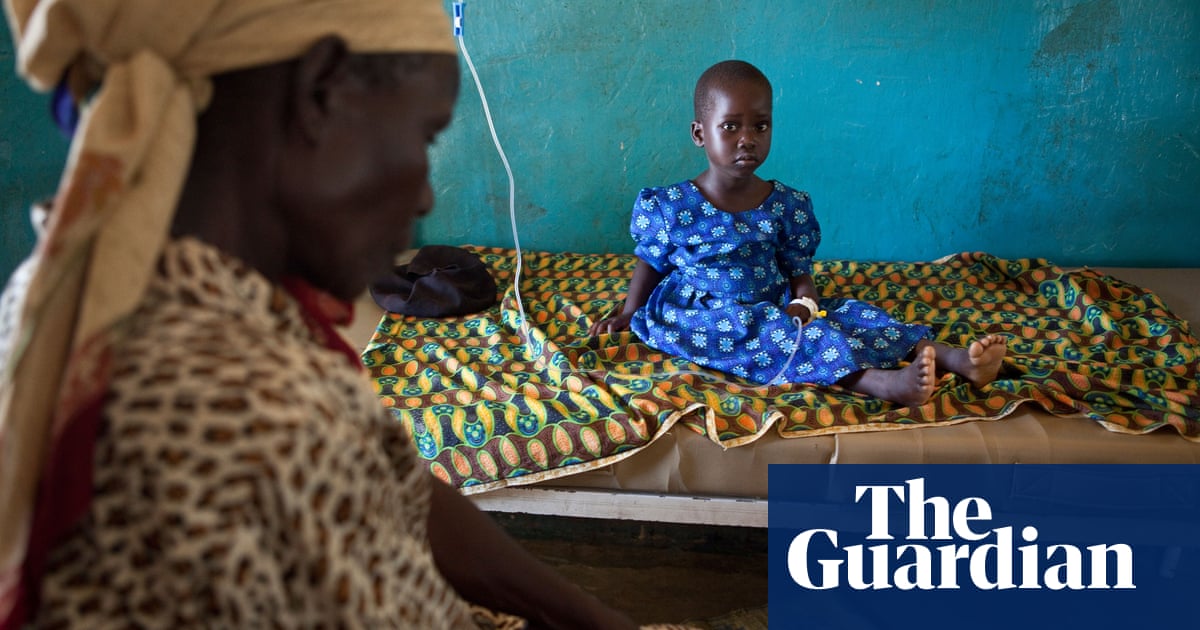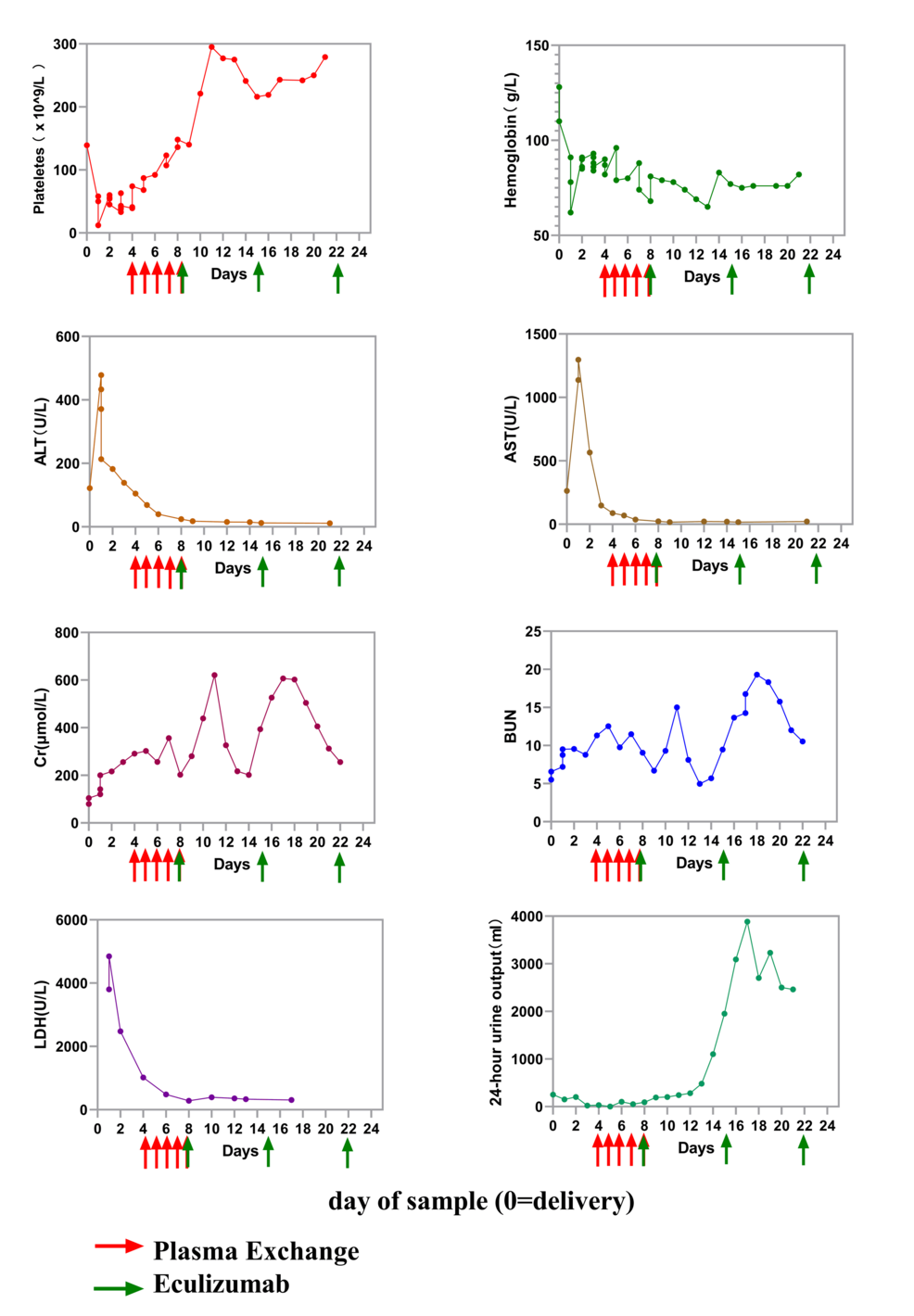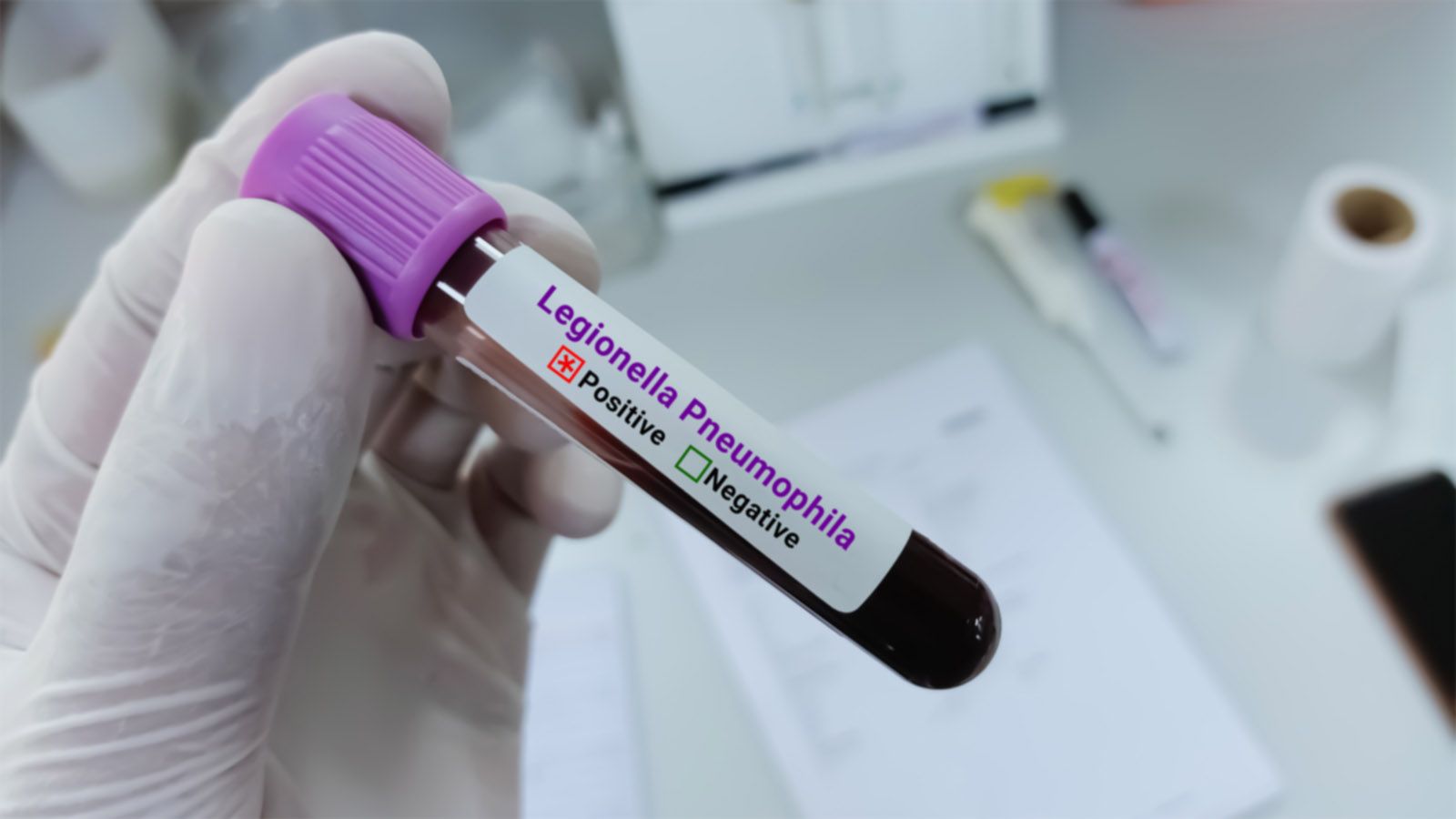Increasing Cases of Blackwater Fever Among Children in Rural Uganda Raise Alarms

At just six years old, Babirye Zainab has endured multiple bouts of malaria, a common yet serious mosquito-borne illness in many parts of Africa. Her grandmother, who shares her name, initially viewed these episodes with a sense of resignation. “I would treat her with antimalarials and she would be all right,” she recalls. However, a turn for the worse occurred when Zainab developed a persistent fever accompanied by convulsions, alarming her grandmother. Notably, her urine had turned the color of tea, a sign of a more serious condition. Concerned for her granddaughter's health, she quickly transported Zainab to the local health center on a motorbike.
After being discharged, Zainab's health spiraled downward once again just a month later, leading to further episodes characterized by the troubling tea-colored urine. “Since then, she has experienced quite a number of episodes of passing tea-colored urine,” her grandmother explains. Zainab's plight is a part of a disturbing medical phenomenon affecting rural communities in Uganda.
She has been diagnosed with blackwater fever, a rare but potentially life-threatening complication of malaria characterized by the darkening of urine due to the presence of blood. This condition can arise when red blood cells break down rapidly within the bloodstream, releasing hemoglobin that is eventually excreted in urine. This breakdown can lead to severe anemia and jaundice, often necessitating blood transfusions. Without timely and effective treatment, the consequences can be fatal.
Professor Kathryn Maitland, a researcher from Imperial College London based in Kenya, has been investigating the increasing prevalence of blackwater fever among children in eastern Uganda. Nearly a decade ago, her research team noted a troubling increase in cases. In a detailed study published in the journal Clinical Infectious Diseases, they highlighted that this condition was reportedly rare until the last seven years. The researchers speculated that the rise might be linked to the introduction of artemisinin-based combination therapies (ACTs), which are the latest in antimalarial treatment.
Since then, Maitland and her team have been tirelessly searching for answers. Historically, blackwater fever was primarily seen among European expatriates who took small doses of quinine to prevent malaria. Its incidence diminished with the advent of newer antimalarial medications. However, the situation in Uganda is markedly different. “What is very interesting in African children is that once they’ve had one episode, they tend to get it again and again,” Maitland notes.
Despite the alarming rise in cases, blackwater fever is seldom mentioned in World Health Organization guidelines related to severe malaria, where it is generally recorded as a rare occurrence. “But it is increasing,” Maitland stresses. Research has explored potential genetic factors, such as the relationship of sickle cell trait or G6PD enzyme deficiency with the risk of red blood cell rupture. However, these avenues did not yield definitive answers.
Another hypothesis suggested that the antimalarial drugs used in the affected regions might be ineffective or counterfeit. However, comprehensive testing confirmed that the medications were indeed of good quality, leaving researchers to reassess their theories. “The drugs are good – so we’re back to the drawing board,” Maitland admits. The prevailing hypothesis continues to revolve around a link with artemisinin-based treatments.
The presentation of blackwater fever can be alarming. One notable case involved a child admitted to a hospital in Uganda's capital, Kampala, who began passing both red and black urine. At this time, Uganda was grappling with an Ebola outbreak, which led to widespread panic as families evacuated the hospital fearing the worst. “Affected children have a high risk of dying,” Maitland warns. The severity of the condition often requires multiple blood transfusions, which in turn raises the risk of adverse reactions and necessitates hospitalization.
Zainab’s journey with blackwater fever is ongoing. Since turning eight, she has had to leave school due to persistent anemia brought on by her condition. Her grandmother, who has been her primary caregiver since Zainab was just six months old, often finds herself rushing to the health facility, sometimes spending weeks hospitalized with her granddaughter. “When she falls sick, I might even spend a week in the hospital,” she explains.
Access to necessary treatments remains a challenge, particularly when local health facilities run low on essential medications. In critical situations, Zainab's family is forced to seek private supplies, often traveling to regional hospitals for blood transfusions, which can be financially burdensome. Fortunately, Zainab and her grandmother have become part of a research initiative led by Jane Frances Zalwango from the Uganda National Institute of Public Health. This program, supported by a global healthcare company, aims to track cases of blackwater fever across Uganda and discern why certain children develop this condition while others do not.
Zalwango highlights that Uganda is still in the process of developing a comprehensive surveillance system for blackwater fever, meaning that current data on cases is not exhaustive. However, initial findings indicate a worrying increase in incidences. The study has enrolled 400 children from Budaka district, where initial surveillance revealed the highest numbers of blackwater fever cases. Among these children, half have been diagnosed with blackwater fever, while the others have experienced malaria without developing this serious complication. Over several months, the children are monitored, and blood samples are analyzed for immunological markers.
Dr. Mary Rodgers, an associate research fellow at Abbott, whose work is integrated with the Training Programs in Epidemiology and Public Health Interventions Network (Tephinet), notes that other theories under consideration include the possibility of genetic factors in conjunction with malaria or the presence of a co-infecting pathogen that might otherwise remain asymptomatic in healthy individuals.
Throughout the enrollment process, Zalwango found it heartbreaking to witness the anxiety families faced regarding future episodes of blackwater fever. “They’re always worried about the next episode,” she reveals. The study has also uncovered various superstitions surrounding the illness. Some families delay seeking medical assistance due to traditional beliefs, including the notion that the illness might be attributed to witchcraft. However, there is a glimmer of hope; through continuous interaction and education from healthcare workers, these families are beginning to understand the importance of seeking immediate healthcare to prevent complications and potential fatalities.
As Zainab's grandmother looks ahead, she harbors hope that the ongoing research will lead to effective treatments that can safeguard not only her granddaughter but also other children facing similar challenges. “The health workers told me that it is malaria that causes this condition. However, Zainab was getting malaria before and not passing blood in urine,” she explains. “Maybe they will find ways to prevent other children from developing the condition,” she adds, clinging to hope amidst the uncertainty.





























